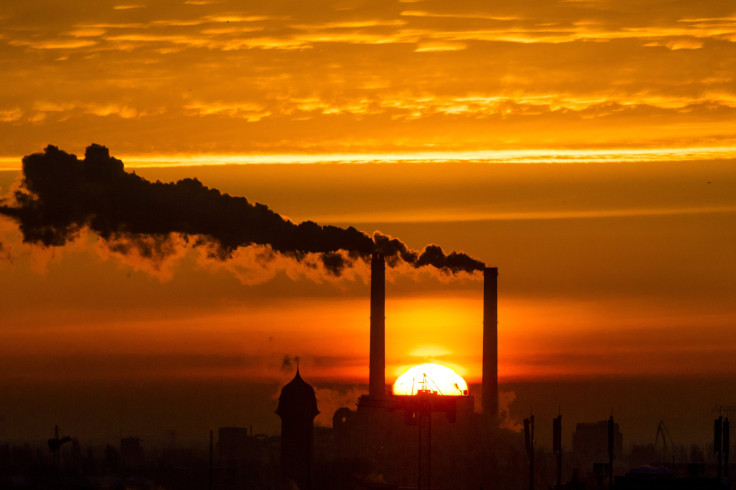November 2013 Warmest Month On Record? Average Global Temperature Was ‘Highest’ Since Records Began

Start planning your summer travel arrangements now, because according to data released Tuesday, Earth had its warmest November on record since 1891 – the year scientists began collecting temperature data.
The report, released by the National Climate Data Center, a branch of the National Oceanic and Atmospheric Administration, found that last month marked the 37th consecutive November with an average global temperature above the 20th-century average. It was also the 345th consecutive month with an average temperature higher than the 20th- century average.
According to the Global Climate Report, November 2013 temperatures were, on average, 1.4 degrees Fahrenheit (.78 degrees Celsius) above the 20th-century average of 55.2 degrees Fahrenheit (12.9 degrees Celsius). Not to mention that 2013 in general is tied with 2002 as the fourth-warmest year in the past 122 years.
Where were the warmest spots around the globe in November? The areas that experienced warmer-than-average November temperatures included large swaths of Eurasia, Central America and the Indian Ocean, according to the report.
For those of us in the U.S., the news that November was Earth’s warmest month on record may come as a surprise, given that November was actually a relatively cold month for Americans. Temperatures across the country fell below the 20th-century average.
“That shouldn’t be a surprise for the Americans who braved a chilly Thanksgiving weekend, or for the Midwesterners who suffered through biting cold and heavy snow earlier this month,” Time noted. “And if the cold weather continues … something even more unusual could happen: for the first time in 20 years, the U.S. may have more daily record lows over the course of a calendar year than daily record highs.”
Although there were pockets of chilly weather across the globe, considering the planet as a whole, global temperatures continue to climb. According to a report from the National Oceanic and Atmospheric Administration released Dec. 12, regional extremes continued this year over much of Eurasia and Alaska.
“The Arctic caught a bit of a break in 2013 from the recent string of record-breaking warmth and ice melt of the last decade,” David M. Kennedy, NOAA’s deputy undersecretary for operations, said during a Dec. 12 press briefing at the American Geophysical Union annual meeting in San Francisco. “But the relatively cool year in some parts of the Arctic does little to offset the long-term trend of the last 30 years: the Arctic is warming rapidly, becoming greener and experiencing a variety of changes, affecting people, the physical environment, and marine and land ecosystems.”
© Copyright IBTimes 2025. All rights reserved.






















